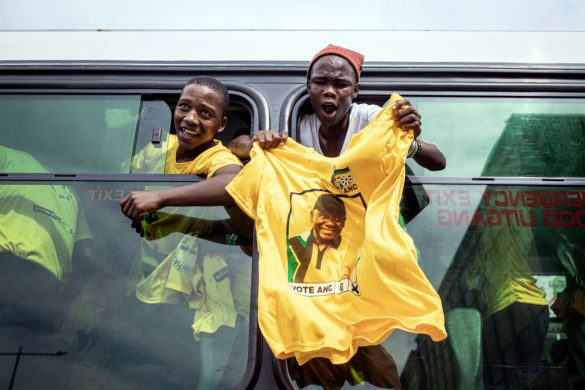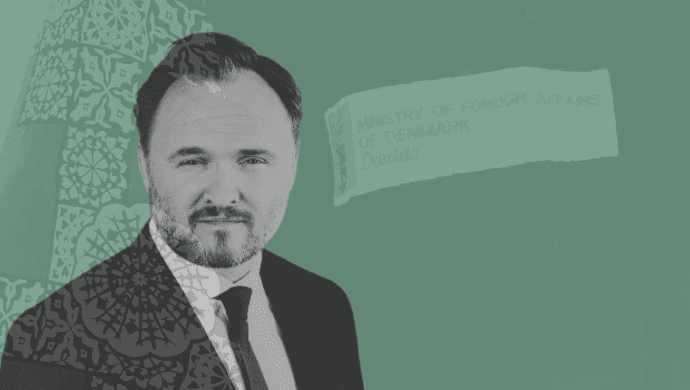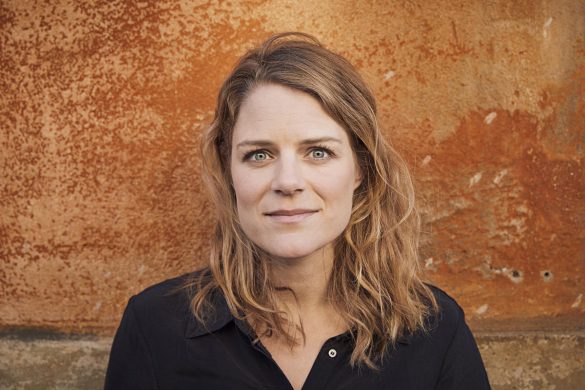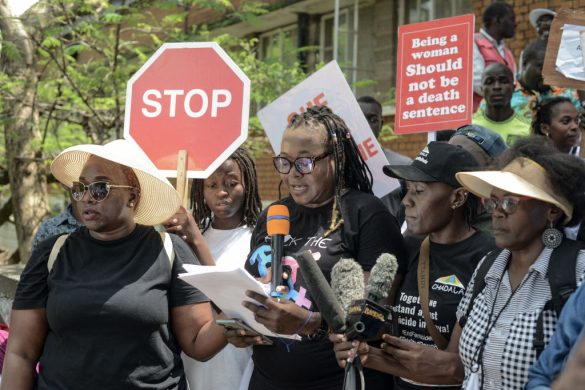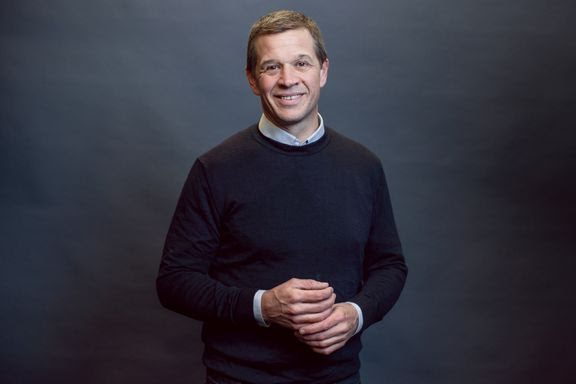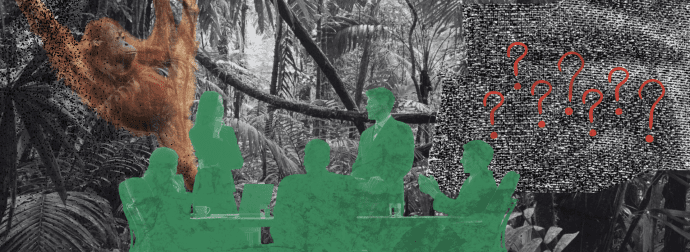Når jordskælv, oversvømmelse og andre typer af katastrofer rammer bliver ældre medborgere ofte uproportionelt højt ramt. Og problemet er stigende. I dag er 11 procent af Jordens befolkning over 60 år – i 2050 stiger det til 22 procent.
GENEVA ¦10 October 2014 (WHO): The World Health Organization is joining international calls to ensure greater attention is given to the needs, vulnerabilities, and capabilities of older people – before, during, and after emergencies, including natural disasters and other humanitarian crises.
Den internationale dag for reduktion af risiko for katastrofer
The International Day for Disaster Risk Reduction 2014, observed on 13 October and organised by the United Nations International Strategy for Disaster Reduction (UNISDR), has the theme “Older persons and disasters.”
“We’re unfortunately seeing a proliferation of many different types of crises in recent years,” says Dr Rick Brennan, WHO’s Director of Emergency Risk Management and Humanitarian Response. “Hard experience shows us that older persons aren’t receiving the care and support they require. This issue needs stronger action.”
Experts state that persons of advanced age also contribute in times of crisis by assuming family responsibilities and giving local information and advice to those responding to disasters.
WHO is urging countries to bolster their capacities to help such people through advance planning and preparation, such as by developing evacuation schemes that take special account of older people’s needs.
Older people can suffer disproportionately in many different types of emergencies and disasters, ranging from weather events and epidemics to armed conflicts.
WHO recommends that special planning and sufficient attention for the elderly when natural catastrophes such as typhoons and earthquakes strike, or when violence uproots thousands and even millions, driving older persons from their homes and communities.
Også et problem i rige lande
Even in developed countries, the toll can be high. More than half of the immediate deaths from the massive 1995 earthquake in Kobe, Japan, were of people over age 60. Following the 2011 Japan earthquake, research found that adults aged 65 years or older accounted for almost 57 per cent of deaths in three affected prefectures.
More than 70 per cent of those who died in the wake of Hurricane Katrina in the United States in 2005 were elderly.
Providing sufficient – and appropriately trained – assistance to older people during disasters is even more of a challenge in less wealthy nations.
Poverty affects some 80 per cent of those over 60 in developing countries. That means they frequently live in unsafe housing in high-risk areas and – for economic as well as physical reasons – cannot easily flee disasters. When uprooted and resettled in emergency camps, they are often unable to obtain care or medication for chronic conditions such as high blood pressure.
They can find it difficult to transport water, and can lack the energy to queue for hours to obtain food.
Et voksende problem
The issue is growing in importance. People aged over 60 currently make up slightly more than 11% of the global population. By 2050, and they will account for 22 per cent of the population and number some 2 billion (milliarder, red.).
“The health needs of older people need greater attention before, during, and after emergencies and disasters,” says Jonathan Abrahams, whose work with WHO supports the development of country capacities for disaster risk management.
“It is important to ensure that mainstream health and other services and facilities are accessible to older people to strengthen their resilience. Emergency and disaster risk management programmes need to address the health needs of older people – for example, by ensuring continuation of medications to manage chronic conditions and by including older people in feeding programmes in response to disasters.”
Anbefaler detaljerede katastrofeplaner
Among recommended steps for improving care are the creation of detailed evacuation and treatment plans for older people in case of disaster.
Also recommended are measures such as providing appropriate water-carrying containers, designing latrines in emergency shelters and camps so that they can be safely used by the elderly, such as by including handrails, and making special efforts to provide mattresses, blankets, and warm clothing.
Another major issue is accurate demographic information.
The elderly may be less visible, especially in less-wealthy nations if isolated in their homes or not working, resulting in their numbers and needs being underestimated in risk assessments and when disaster strikes.
The UNISDR and the Inter-Agency Standing Committee, which coordinates global responses to emergencies, recommends that countries around the world compile accurate statistics in disaster databases, and that risk and needs assessments take account of age as well as sex and disability.
Husk de ældres styrker
The elderly can also make positive contributions to disaster risk management.
Often familiar with local history, geography, and culture, they can provide important information on local risks to health, and in times of crises can offer astute advice to relief workers on response and recovery efforts.





